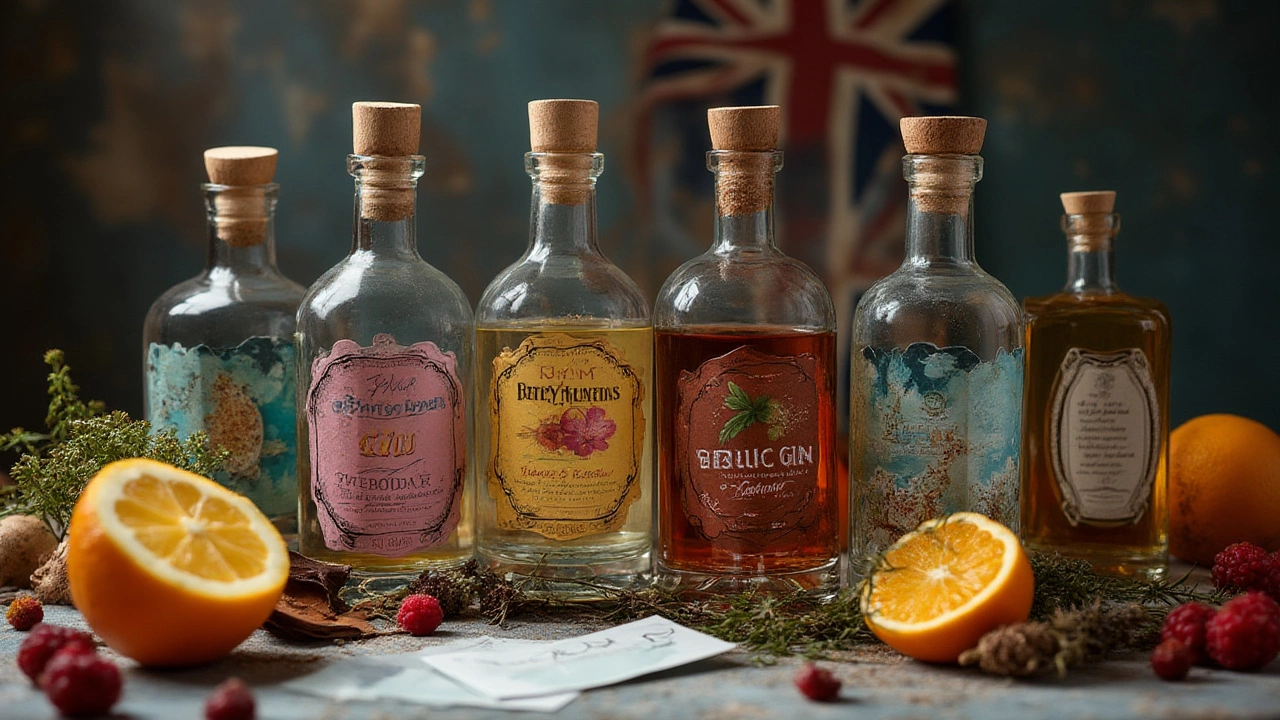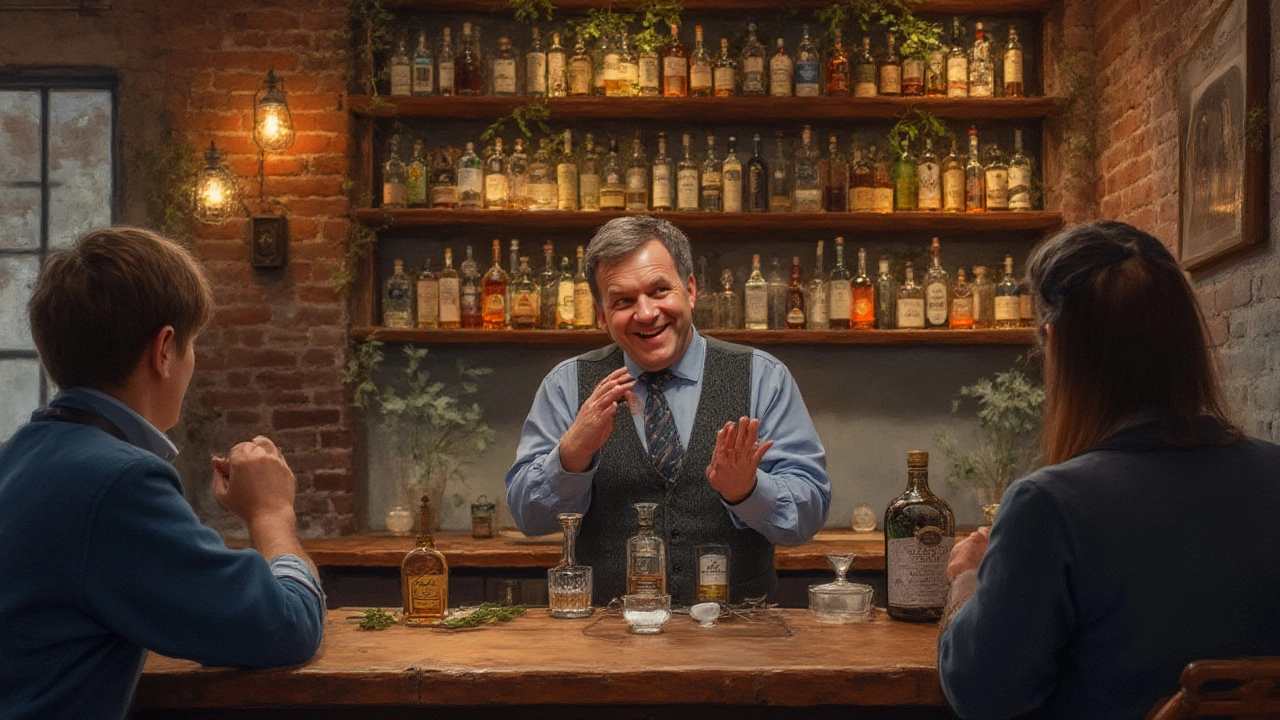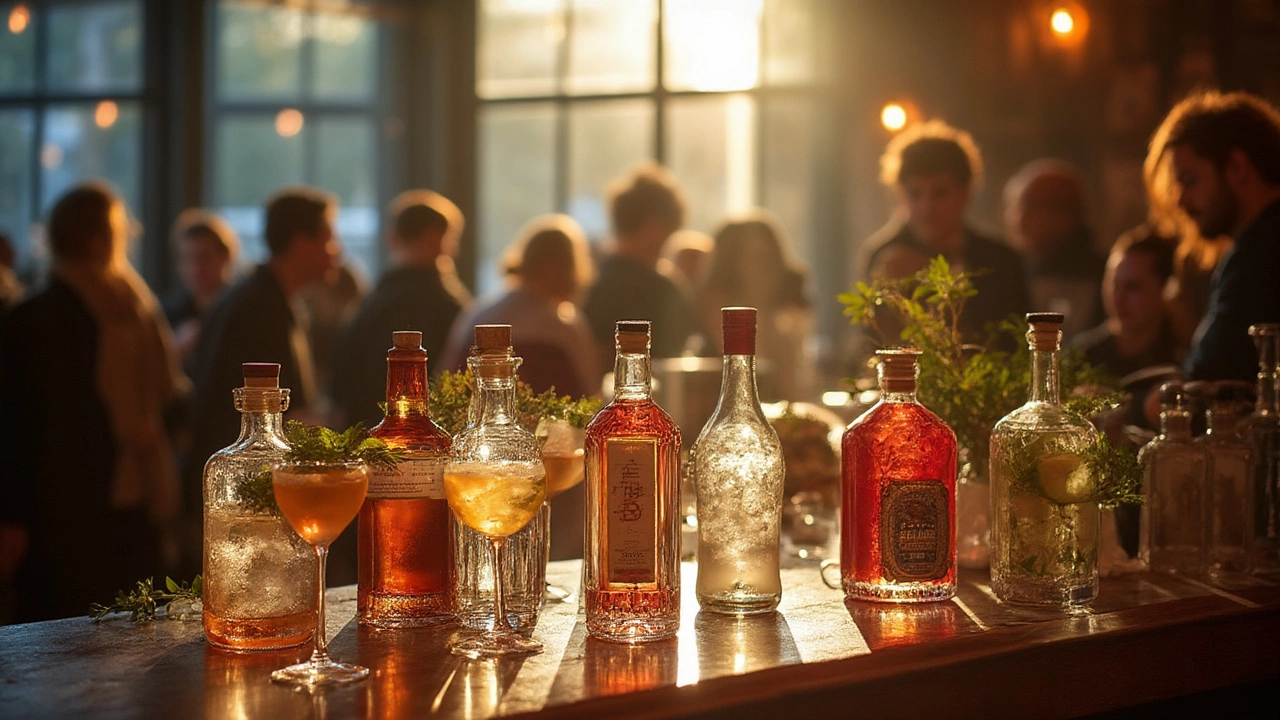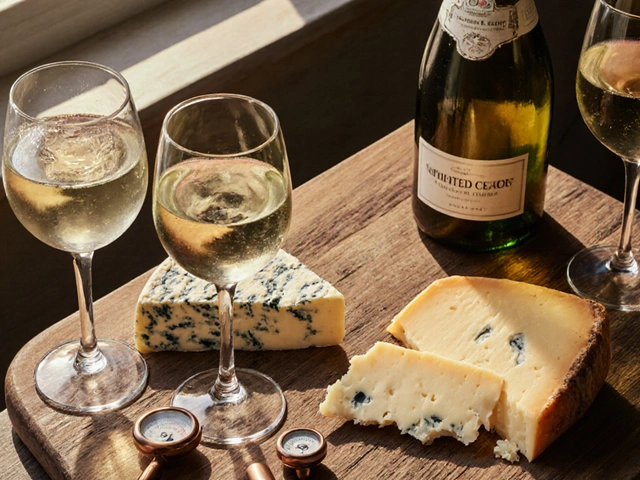Ask anyone who’s spent a night debating the merits of a G&T versus a negroni and you’ll soon hit a heated debate over which gin reigns supreme. Gin isn’t some old dusty bottle reserved for granddad—right now, it’s the rockstar of craft spirits. Shelves in both bottle shops and hip bars are stacked with wild, intriguing choices from buttery local labels to icons hailing straight from storied British distilleries. So, how do you actually pick the best gin?
Why Gin? Understanding the Spirit’s Surge
Gin’s popularity isn’t some passing fad. Over the last decade, gin has exploded because it’s flexible. At its base, gin must have that distinct juniper flavor, but distillers everywhere now weave in local botanicals—think citrus peel, pink peppercorns, sea parsley, or even bush tomato (yep, it’s a thing in Australia). Unlike the red tape-heavy world of whiskey, gin can be produced and sold almost immediately, which means new flavors hit the market fast. This ever-evolving spirit has led to a wild assortment of styles. Worldwide gin sales jumped by 9% between 2020 and 2024, according to the IWSR, and Aussies alone consume over 22 million bottles per year, a stat that’ll probably climb again in 2025.
One reason for the gin boom? It’s all about cocktails. London Dry still sets a crisp base for a dry martini, but modern gins are the ideal playground for creative bartenders. Even home gin lovers benefit; a bottle of something like Four Pillars Rare Dry can transform a garden party G&T with citrusy brightness. Plus, as more people demand transparency and local ingredients, boutique distillers answer by telling the stories behind every bottle, drawing folks in for the taste and the narrative. If you’re the type who wants to support small businesses while sipping world-class drinks, gin is your drawcard.
Classic vs. Contemporary: The Gin Styles Decoded
So, what actually makes one gin different from the next? It mostly comes down to style and the botanicals used. At its core, gin is a neutral spirit flavored with juniper berries and a supporting cast of botanicals. Let’s break down the top styles you’ll see at any decent bottle shop or bar:
- London Dry Gin: Despite the name, it isn’t bound to London. This is the crisp, punchy gin that rules classic cocktails. Think Tanqueray, Beefeater, Sipsmith. Rules are strict—no artificial flavors, and everything is distilled in.
- Plymouth Gin: There’s just one distillery making official Plymouth gin, and it’s slightly earthier, softer than London Dry. Great if you want something less sharp in your martini.
- Old Tom Gin: Sweeter, spicier, and ideal in Tom Collins or Martinez cocktails. Try Hayman’s Old Tom if you want to taste a revived classic.
- Contemporary/New Western Gin: Here’s where creativity explodes. These gins amp down the juniper and put other botanicals front and center. Four Pillars, Archie Rose, and Monkey 47 are heroes here.
- Flavored and Sloe Gins: Gins infused after distillation with extras like rhubarb, berries, tea, or citrus. Think Gordon’s Pink Gin or Archangel Rhubarb.
With so many styles, you can pick your bottle based on what you plan to mix—or just vibe with your favorite botanical profile. Gin is what you make of it; play around and don’t believe anyone who acts like there’s one right way to serve it.

World’s Top Gin Brands: Who Makes the Best?
Trying to declare the single best gin in 2025 is like picking the greatest rock band ever. Everyone has their must-have, whether it’s a London classic or a bushfire Aussie gin. But the market has clear winners by flavor, awards, and bartender loyalty:
- Tanqueray London Dry: Four botanicals, relentless juniper, and just a whisper of citrus. Bartenders swear by it for martinis and G&Ts. It’s near-universally available, and it’s what many pros secretly reach for in blind taste tests.
- Sipsmith: Sipsmith revived true small-batch London gin, and their dry, aromatic pour is super versatile. Rich mouthfeel and bright lemon rind? It’s the darling of mixology circles.
- Bombay Sapphire: Instantly recognizable blue bottle, lighter juniper load, ten botanicals, and a gentle floral quality. Many think it makes the ultimate G&T, especially with lemon peel and good tonic.
- Four Pillars Rare Dry Gin (Australia): This local hero is packed with native botanicals like lemon myrtle and Tasmanian pepperberry, giving it a spicy, lush backbone. Four Pillars basically put modern Aussie gin on the world stage. If you’ve never tried a G&T with blood orange and Rare Dry, you’re missing out.
- Monkey 47 Schwarzwald Dry Gin: Hailing from Germany’s Black Forest, with 47 botanicals, small-batch production, and explosive floral/herbal notes. It’s niche, pricey, and totally worth it if you’re hunting something wild.
- Hendrick’s: The result of adding cucumber and Bulgarian rose, this Scottish gin delivers a blast of coolness and soft floral tones. Pair it with a slice of cucumber in your tonic. It’s not just an ad gimmick—try it and see.
- Archie Rose Signature Dry Gin (Australia): Sydney’s pride—this one mixes native sunrise lime, blood lime, and hand-foraged Dorrigo pepperleaf. Plenty of awards back it up. All the cool Sydney cocktail bars rotate it in their menus.
- Beefeater London Dry: Old school and still going strong. It powers countless Tom Collins and martinis, thanks to a robust citrus-juniper backbone. The high ABV (usually 47%) is another bonus if you want your cocktails firm and flavorful.
- Roku Gin (Japan): From Suntory, this gin uses six Japanese botanicals including yuzu peel, cherry blossom, and sencha tea. Silky, subtle, and stands out in a negroni or simply with tonic.
Here’s a head-to-head comparison of some of the top gins by style, ABV, and average price (in AUD):
| Gin Brand | Origin | ABV (%) | Average Price (700ml) | Main Botanicals |
|---|---|---|---|---|
| Tanqueray | England | 43.1 | $50 | Juniper, coriander, angelica, licorice |
| Four Pillars Rare Dry | Australia | 41.8 | $75 | Lemon myrtle, Tasmanian pepperberry, orange |
| Hendrick’s | Scotland | 41.4 | $75 | Cucumber, rose, coriander, juniper |
| Monkey 47 | Germany | 47 | $115 | 47 botanicals, lingonberries, citrus, herbs |
| Archie Rose Signature Dry | Australia | 42 | $80 | Sunrise lime, Dorrigo pepperleaf, juniper |
| Bombay Sapphire | England | 40 | $55 | Almond, lemon peel, grains of paradise, juniper |
| Roku Gin | Japan | 43 | $70 | Yuzu, sakura flower, green tea, sansho pepper |
If you want the straight-up king for cocktails and versatility, best gin searches almost always end up with Tanqueray or Four Pillars on top. For a showy gift or a deeper taste experience, Monkey 47 or Archie Rose deliver the goods—at a price.
How to Pick the Best Gin for You
Now for the fun part: your taste buds. There’s no right answer for which gin wins because personal preference, budget, and what you plan to mix is what truly matters. Here’s how to narrow down the bottle for you:
- If you like classic cocktails (martini, negroni, gin rickey), go for a traditional London Dry like Tanqueray, Sipsmith, or Beefeater. These stand up to mixing and still show loads of personality.
- For G&T obsessives, experiment with citrus or herbal-forward gins like Bombay Sapphire, Hendrick’s, or Four Pillars. Switch up your garnish based on the botanicals in the gin—cucumber with Hendrick's, orange slice with Four Pillars, lemon twist with Tanqueray.
- Sweeter profiles are best found in Old Tom gins, or some of the new craft expressions with less juniper hit and more floral or spice notes. Aussies are leading the way with brands like Brookie’s and Never Never delivering subtle sweetness and big flavors.
- For sipping neat or on ice, high-end boutique gins (Monkey 47 or Archie Rose) give you complexity and depth. These also make killer gifts for spirit lovers.
- Budget picks still matter. Don’t be afraid to grab affordable standards. Gordon’s and Beefeater are cheap, cheerful, and far better than their price tags suggest.
Pro tip: Taste test with friends. Get three or four bottles across different styles, pour 10ml samples, and try each with just a little chilled water, no tonic. You’ll really notice the differences. Then mix G&Ts using the same mixer and different garnishes. You’ll be shocked how much a simple slice of orange or grapefruit can tilt the drink from one gin to another. Always chill your glass too—room temperature gin with warm tonic is the enemy of a great G&T.

Gin Trends and Innovations Worth Knowing in 2025
The gin world refuses to sit still. In 2025, there are a few trends that are changing the way people buy and sip gin, both in Australia and worldwide:
- Botanicals Go Native: Australian distillers are using bush tomato, quandong, and lemon myrtle. Japanese gins (Roku, Etsu) rely on yuzu and mountain herbs. It’s all about going local for flavor as well as sustainability.
- Alcohol-Free and Low-ABV Gins: Not everyone wants the full-strength hit, and brands like Lyre’s and Seedlip are delivering options that almost taste like classic gin (nearly, anyway). These are big with health-conscious markets, and are perfect if you need to stay sharp at Sunday brunch.
- Barrel-Aged Gins: Aging gin in old wine or whiskey barrels adds vanilla, wood, even smoke. Four Pillars Barrel Aged Gin or West Winds Broadside do this perfectly. Try these on ice or in an old fashioned—not just tonic.
- Sustainability: Small-batch distillers are focusing on solar-powered stills, recycled bottles, and foraged botanicals. Good news for your soul if you care about the planet while enjoying a drink.
- Canned G&Ts: RTDs (ready-to-drink) G&Ts are getting seriously good. Four Pillars, Poor Toms, and Archie Rose can totes mean you never accept a sad, syrupy premix again. If you’re packing for a picnic, these belong in your esky.
As for glassware and mixers, don’t ignore the details. Tonic matters: Fever-Tree, Capi, and StrangeLove win blind taste tests for premium mixers hands-down. Dump the old-school highball and go for a big copa glass with loads of ice (smaller cubes melt quicker and water down your drink). And for the home experimentalist, try infusing your own botanicals—wild strawberry, rosemary, or homegrown finger lime go a long way in a bottle of plain, affordable gin.
Honestly, the best gin is the one that lands perfectly on your palate and in your price range. Whether you’re after a stiff martini or an aromatic backyard G&T, you’re spoiled for choice right now. Crack open a bottle, gather some mates, and find out for yourself—in the end, that’s half the fun.


